Auridan-Echidson AC-56 Tempest Crusader
Brace for drop in five... four... three... two... one... Mark! Drop complete, switching to CAS mode, how copy?— Unkwown pilot, 381
The AC-56 Tempest Crusader is a subsonic, nuclear-powered, Single-Stage-To-Orbit transatmospheric aircraft designed and manufactured by Auridan-Echidson. It is a versatile troop transport and gunship hybrid designed to ferry and support mechanized infantry units into active combat zones. For this reason, it is among the heaviest aircrafts in service within the Vestan Defense Forces thanks to its thick armor and extensive armament. This makes it rather slow, despite its twin miniaturized fusion drives, leaving it somewhat vulnerable to interceptors and anti-aircraft systems.
The Tempest Crusader has been in service for more than five decades, and despite its flaws, will likely serve for many more years. Through its career, its design remained unrivaled in firepower and protection, making it a very popular aircraft among Vestan troops, and eventually becoming a symbol of the Vestan military. Its versatility turned it into the workhorse of the Vestan Aerospace Defense Force's aerofleet, with more than twenty variants, loadouts and upgrades produced. The latest of these variants in service is the AC-56M Super Crusader and its derivatives, with overhauled avionics, thermal control and active protection systems.
Development
Background and design
General Characteristics
The origins of the AC-56 can be retraced as early as 289, when the Federation re-established contact with the Ascendancy. As the possibility of a new interstellar war re-emerged, the Vestan military realized that its current fleet of aircrafts was too convoluted to operate on a multitude of theaters simultaneously. While each type of craft performed admirably in nominal conditions, the expected scenarios of hit-and-run tactics and repeated planetary assaults would push them, their pilots and their maintenance crews to the limit, as well as rapidly saturate the logistic capabilities of individual battlegroups. As a result, the Next-Generation Assault Craft program was created to develop an aircraft capable of handling a multitude of missions in nearly all the environments envisioned to become future battlefields.
Development difficulties
As one of the major military aircraft manufacturer, Auridan-Echidson rapidly adapted to the extremely vast and seemingly impossible requirements imposed by the military. It became evident that no conventional engine, even next-generation scram-jet engines, would be able to provide enough power to propel such an aircraft and its cargo. To tackle this conundrum, Auridan-Echidson partnered with Ratchet Star Industries to develop a miniaturized fusion drive capable of fitting on the aircraft. While these fusion drives were capable of propelling such a heavy aircraft in all environments, properly harnessing their power, which was better scaled for starships rather than for conventional aircrafts, has proven to be problematic. After nearly a decade of trial and error, the new PPC-31M fusion reactor, manufactured by Mikoto Systems, was used to provide a stable propellent feed and enough electrical power to operate all of the aircraft's systems.
Prototypes and production
The first manned flight of the AC-56 was performed by test pilot David Kowalski in 328, exactly thirty years after the first blueprints were drafted. Kowalski was already known in the aerospace industry as an experienced pilot of the Aerospace Defense Force, but this first flight made him even more famous in the industry. While the aircraft's flight performance itself was average at best, it nonetheless managed to pass all the tests imposed by the Vestan military, something no other aircraft in the history of the Federation managed to do on its first prototype.
This early AC-56 design was further refined before reaching its first mass production model, which was, as with the other prototypes, still manufactured in Auridan-Echidson's main lunar factory. In total, 13 aircrafts were manufactured before the adoption of the AC-56, of which 9 were different prototypes and alternatively equipped production models. This allowed the military to perform numerous tests and exercises, providing invaluable feedback to both the military's higher ups and the various manufacturers.
Operational History
Adoption and early service
The AC-56 was adopted on February 14th, 331 and was initially received with mixed opinions and doubts. While its protection and firepower was unheard of, the previous aircrafts it replaced were also faster and much more agile. Its cost was also quite significant, so much so, in fact, that the majority of the AC-56s initially ordered were purchased by the Aerospace Defense Force only, who was the major sponsor of the NGAC Program. They performed well in combat against pirates and outlaws, as expected, and were eventually appreciated by the younger mechanics crews who only had one type of aircraft to service. As the ADF slowly replaced its active aircrafts with Tempest Crusaders, logistics officers throughout the Federation acclaimed its resilience and the subsequently vastly improved logistic capabilities of their fleets, since the AC-56 became the only aircraft in use for many ships and required far less spare parts due to its armor and engine design.
Modernization & specialization
After it proved to be a worthy stallion, Auridan-Echidson started upgrading the AC-56 into B then C and later variants while regularly providing software updates. This enabled the AC-56, having long since become the spearhead and backbone of any airborne Vestan unit, to remain at the forefront of military aircraft technology. The AC-56 proved to be rather easy to upgrade and modify, thanks to its generous power plant and somewhat spacious interior, leading to the creation of several variants over the course of decades of service. The most peculiar of these is the GAC-56E, a dedicated gunship created to provide an overwhelming firepower to an area of operation. The GAC-56E has a completely redesigned cargo bay, instead used to house a powerful CAW-78 coilgun and its ammunition with improved capacitor arrays and cooling, giving it a higher rate of fire that usual. This also means that pilots cannot use the bay to reach the cockpit and instead use the cockpit's hatches only.
The AC-56's cargo bay, outfitted with magnetically locked docking points on the floor, could accommodate numerous configurations. The first and most common use was to transport vehicles and cargo containers, using these docking points to attach these securely to the bay's floor. Other common uses are medical evacuation, with up to 16 medical beds and optional facilities for medical treatment and even surgery; personnel transport, with up to 60 crash couches for long flights; and a command and control station for up to 12 officers. The AC-56's slow acceleration makes it particularly comfortable for its crew and passengers, with many people jokingly asking for a "flying hotel" module to be installed.
Asterian Insurrection
The Asterian Insurrection was the first major conflict where the AC-56 was deployed. At this time, the AC-56M did not completely replace the older variants in some units, and truly shined in comparison with them. Its improved avionics and missile defenses meant that the insurgents struggled to even damage these aircrafts with guided and unguided missiles, allowing it to roam freely in contested territory. In addition, even if the AC-56 is relatively easy to train with for military pilots, its lack of autonomous mode compared to other crafts meant that very few of them were stolen by rogue mechanics and airbase civilian personnel.
As one of the main aircrafts fielded by the military, however, many Crusaders have been lost in the conflict. Most were destroyed by improvised anti-aircraft gun emplacements, using purely manual fire control which cannot be detected or jammed. These improvised ETC gun or coilgun emplacements proved to be a thorn in the military's side for the entire duration of the conflict, but luckily rarely caused devastating damage. Resorting to anti-tank projectiles to defeat the Crusader's armor, the aircraft's thick hull and numerous subsystems often protected the crew and passenger, forcing the aircraft to crash in hostile territory but with a surprisingly high survival rate.
Design
The AC-56 is a fixed-wing, twin engine aircraft built around a large cargo compartment which can be outfitted for a variety of missions. This compartment is surrounded by the craft's primary systems such as the engines, most of its armament and its fuel reserves. All of these are encased in a heavily armored frame to protect it against orbital debris and weapon fire.
General characteristics (AC-56M)
- Crew: 2-4 (1 pilot, 1 gunner/co-pilot, 1 loadmaster - optional, 1 systems operator - optional)
- Capacity: 54,228 kg of cargo distributed over a volume of 81 m3:
- One combat-ready Ravager or Warden combat vehicle, including crew and passengers or
- 60 troops with 4 rows of crash couches or
- 16 medical beds and 8 medical attendants or ambulatory patients or
- 8 standard cargo containers on two pallets or
- Dedicated hardware installation for 12 command staff or equivalent
- Length: 32 m
- Wingspan: 41.66 m
- Height: 13.2 m
- Wing area: 175 m2
- Empty weight: 376,620 kg
- Max takeoff weight: 433,178 kg
- Fuel capacity: 46,160 L
- Powerplant: Mikoto Systems PPC-31M fusion reactor, 2× Ratchet Star Industries H-496 StarJet fusion drives, 10× Hyperion Industries CCE-17S rocket engines, 10× Hyperion Industries CCE-26 rocket engines
Performance (AC-56M)
- Cruise speed: 617 km/h (Mach 0.49–0.51)
- Range: 12,640 km with 54,000 kg payload
- Ferry range: 23,960 km
- Service ceiling: 150,000 m
- Takeoff run at MTOW: 1,685 m (Regular), 796m (STOL), 8m (VTOL)
- Takeoff run empty: 1,368 m (Regular), 583m (STOL), 6m (VTOL)
- Landing distance with full load: 1,246 m (Regular), 571m (STOL), 5m (VTOL)
- Avionics: Mikoto Systems AW/AFC-76(T) Integrated Sensor Suite
Mobility
Despite its sleek frame and oversized engine nacelles, the Crusader is neither fast nor agile, a flaw many pilots won't hesitate to complain about. In fact, its mass and limited maneuverability has often led to the AC-56 being dubbed a "flying brick" or a "sick bird", as its flight computer often makes unusual adjustments to compensate its naturally unstable flight profile. While this makes the Crusader relatively easy to fly and train with, it is also incredibly difficult to master, and the most experience pilots would often turn off the assisted flight features to reach their full potential. Unlike most aircrafts manufactured by Auridan-Echidson, and despite the advanced avionics and flight computers installed on-board, the AC-56 is not optionally manned and requires at least one pilot. This is partly due to the additional responsibility of the craft's fusion reactor, which could cause significant damage should it go critical, and due to the sheer mass of the aircraft that makes it difficult to not overly compensate automatically.
Within its nominal parameters, the AC-56 remains a subsonic aircraft with a top speed of 617 km/h, despite the immense thrust generated by its two Ratchet Star Industries H-496 StarJet fusion drives. These one-of-a-kind miniaturized versions of the H-450E engines typically found on corvettes and civilian ships are what allows the Crusader to reach its top speed and altitude, as no conventional engine could propel an aircraft of this mass, even for a short duration. These two engines are powered by a single Mikoto Systems PPC-31M fusion reactor sitting above the cargo bay, providing power to the craft's systems while also feeding propellant plasma to the engines. This setup allows the frame of the AC-56 to adequately protect all three of these vital components while providing an unrivaled fuel capacity and efficiency. Thanks to these engines, the AC-56 can reach an altitude of 150 km unassisted, though its orbit will remain incomplete even if it uses all of its fuel. Carriers would typically retrieve it by "diving" unto a similarly unstable orbit to reduce their relative speeds and avoid a devastating collision, before returning to their stable orbits.
Designed to perform traditional landings and take-offs, but also STOLs and even VTOLs, the AC-56 is also equipped with an array of ten liquid-fueled, vectored thrust, CCE-17S rocket engines capable of operating in vacuum and in atmosphere alike. It can even use these to hover above the ground for limited durations of times, should it need to. These engines have often been dubbed "Scorchers" by pilots, troops and mechanics alike, as they tend to leave unprepared runways, landing zones and the unfortunate life forms burnt and charred beyond recognition. As a result, the AC-56 is often used to deploy armored vehicles such as the Warden or the Ravager instead of infantry units, making the appearance of even one of these crafts a bad omen for enemies of the Federation. Finally, numerous maneuvering thrusters allow the Crusader to move and rotate freely, albeit slowly, in all directions in zero-g environments.
Armament
The AC-56 was designed from the start to perform both the roles of a transport aircraft and of a gunship. The standard configuration of the AC-56 has it outfitted with a dorsal and ventral turret, each armed with a pair of EWS-9 Oström autocannons, a nose turret armed with a pair of PAC-15 Oström cannons and five ventral missile launch tubes loaded with SP-44 Crossbolt ATGMs. This multitude of Oström weapons, installed as standard and a rather unique loadout for military aircrafts, are all powered by the on-board PPC-31M fusion reactor, giving them an immense amount of ammunition for prolonged battles. Still, the weapon hardpoints within these three turrets allow for an easy removal of their weapons and capacitor bays, to be replaced by more conventional weapons such as the MRG-8 autocannon and the G12 Devil's Tongue.
The AC-56 does not carry any dedicated anti-aircraft weapons, save for its ventral and dorsal turrets, which can engage any targets, including incoming ordnance, within a 360° field of fire around the aircraft. Common doctrines would either have the Crusaders escorted by a squadron of SF-44 Gale Riders, or launch into an area with pre-established air superiority. Its lack of stealth features and poor agility also make it an easy target for orbiting ships and defense weapons, meaning that space superiority is a must for the Crusader. Against ground targets, however, the Crusader can easily take care of even the most heavily armored foes. When reaching an area of operation, a single Crusader can engage and destroy an entire armored platoon by firing its five missiles simultaneously, with each tracking a different target through the craft's sensors or through autonomous target locks. Once it reaches its destination, the Crusader would then deploys its turrets to provide covering fire to its occupants and provide air support for the rest of the mission.
The AC-56's missile pod is reloaded externally and has small exhaust vents to allow the rocket engines' blast to evacuate the tubes safely. Both the tubes and the vents are protected by hatches to seal and protect the missiles during atmospheric re-entry and to increase the craft's flight efficiency. These tubes can be loaded with a wide variety of ordnance, such as thermobaric incendiary warheads or cluster fragmentation warheads, but are typically loaded with the SP-44 and its tandem HEAT warhead.
The AC-56's primary weapons are protected behind an armored "jaw" that opens up to reveal a large traversable turret, giving its two guns a 270° field of fire. It is equipped with high-grade optics as well as a powerful searchlight, making it useful even if no harm is intended. The protective jaw, made of the craft's armor panels and heat shielding, relies on powerful hydraulics to move these heavy components in place. It is often thought to be one of the most complex mechanical systems of the aircrafts, and is the bane of many of the Vestan military's mechanics.
The AC-56's ventral and dorsal turrets are also equipped with sensors and a searchlight, albeit much less powerful ones, to provide additional situational awareness to the crew. They are synchronized with the craft's sensor arrays, enabling them to fire autonomously if the pilot so desires. This also allow these turrets to act as impromptu point defense systems against missiles and other large, slow moving projectiles.
Protection
Aside from providing air support, one of the Crusader's main missions is to safely transport troops and material to the frontlines. While other aircrafts would do so by favoring stealth technologies and rapid insertions, the Crusader simply either destroys or ignores whatever threatens it, flying unimpeded in even the thickest of shrapnel clouds and autocannon bursts. It does so thanks to two main advantages over conventional aircrafts. First, its fusion drives do not require air intakes, making shrapnel nothing but annoying flies. Second, its massive thrust capacity allows it to be as heavily armored as light tanks and IFVs, making conventional autocannons all but useless against it.
While it remains vulnerable to heavier weapons such as anti-tank guns, plasma-tipped missiles and other heavy weapons, those would generally be nothing but smoldering wreckage by the time the Crusader would be in their effective range. If any remain capable of threatening the AC-56, however, its powerful jamming systems can easily prevent them from accurately targeting it, or prevent it completely by frying their systems. As a result, many have baptized the AC-56 as the "Queen of Battle", and many pilots give their crafts affectionate names accordingly. Few can blame them, as gunfire bounces off its armored hull, missiles lose their guidance or explode before reaching it and vehicles burst into flames once its eyes see them.
The AC-56's armor is made of a multitude of thick composite armor panels and heat shielding layers. In fact, almost half of the craft's mass comes from its armor alone, with multiple layers of these panels being present around its critical systems. They are relatively easy to replace if damaged, and are effective against kinetic, thermal and chemical damage. They provide an equivalent protection to class II armor levels for ground vehicles, a unique feat for any aircraft even to this day.
The Crusader cannot purely rely on its armor, however, as heavier weapons will defeat even such a heavy protection. In addition to this physical protection, the AC-56 is outfitted with a multitude of electronic countermeasures, jammers and electronic warfare tools to defeat modern targeting systems. These are effective against both anti-aircraft radars and thermal sensors, and are powerful enough to even remotely fry some components if focused on a single target.
Secondary Systems
Variants
The AC-56 has had a long career, and despite its age, remains an excellent aircraft that has proven difficult to surpass . During all those years, Auridan-Echidson hasn't stopped innovating, and the AC-56 has been remodeled and updated time and again to improve its performances on the field. Thanks to a highly customizable cargo bay designed to be easily reconfigured for a variety of missions, these variants all come in a wide variety of loadouts, from the regular assault craft to the medical shuttle and even the airborne command vehicle. Most of these loadouts are completely interchangeable between variants, as they simply interface with the cargo bay's interior.
| Name | Description |
|---|---|
| AC-56A | The venerable Tempest Crusader, Model A is the first iteration of the AC-56 and, despite its age, is still in service within the military. While it is no longer found in active units, it is still seen used by reserve troops and as a training aircraft. It is also often sent on humanitarian missions and other low-danger operations. |
| AC-56C | The longest-serving variant and the most recognized of all, the AC-56C variant has served for nearly 24 years as the main assault craft of the military. Despite its long service record, all of them have since been either remodeled or destroyed. |
| AC-56M | The AC-56M "Super Crusader" is the latest and most representative variant of the AC-56 in the Vestan military. With updated avionics, utilities and protection, it is expected to stay in service for several decades before needing any significant upgrades, hopefully outlasting and outfaming the AC-56C. One of the Super Crusader's unique features is the Apollo APS system usually found on ground vehicles. |
| GAC-56E | The GAC-56E "Tempest Hunter" is a dedicated gunship variant of the AC-56. Trading its missile tubes for a modified OGR-5 rotary cannon and replacing the nose turret with a CAW-78 anti-tank coilgun, the GAC-56E becomes a terrifying weapon platform. While the EWS-5 is fixed in place, its high rate of fire allows the pilot to sweep an entire area in mere moments, while the CAW-78, typically found on the Ravager MBT, is mounted on an adjustable chassis within the cargo bay to accurately target moving vehicles. |


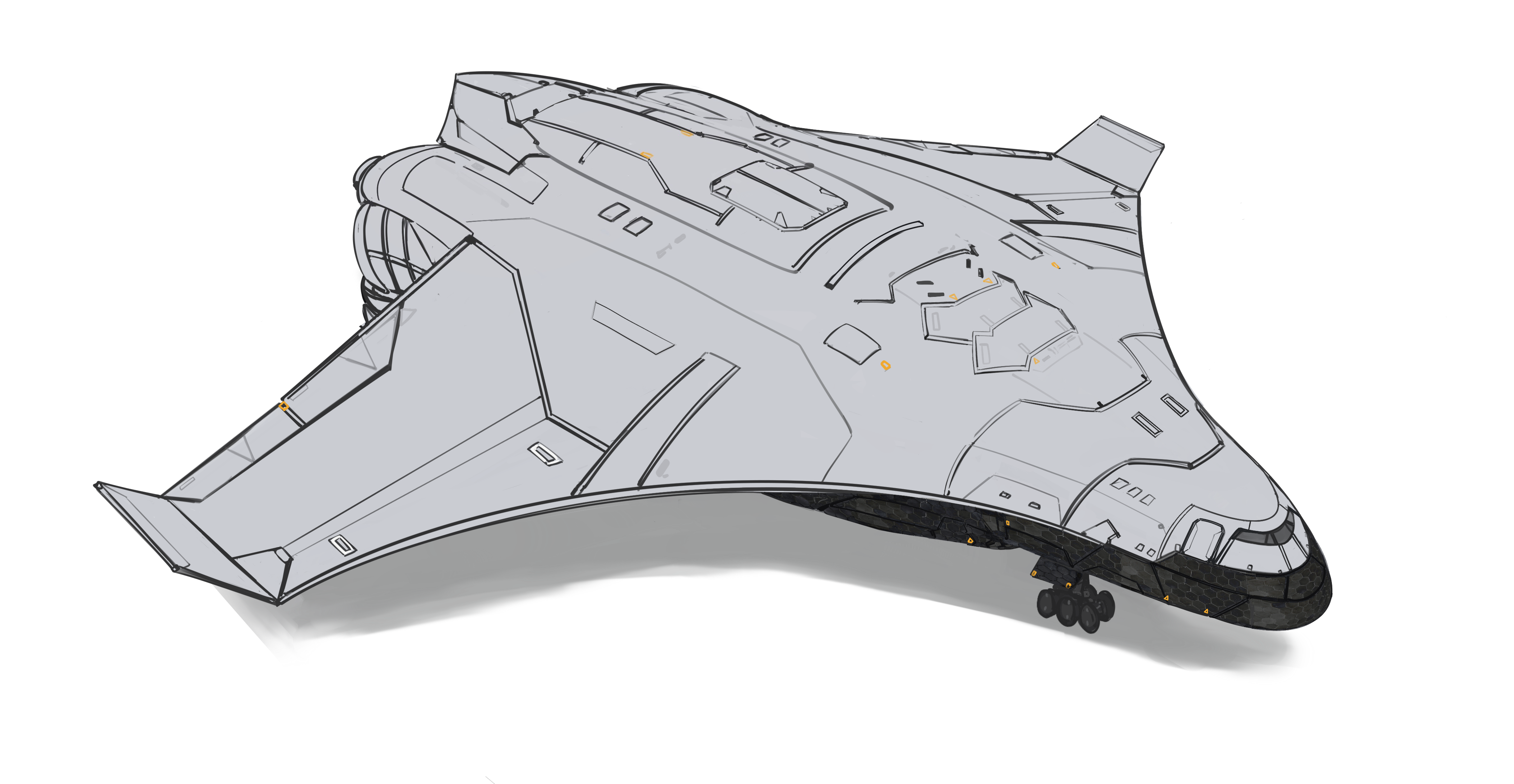
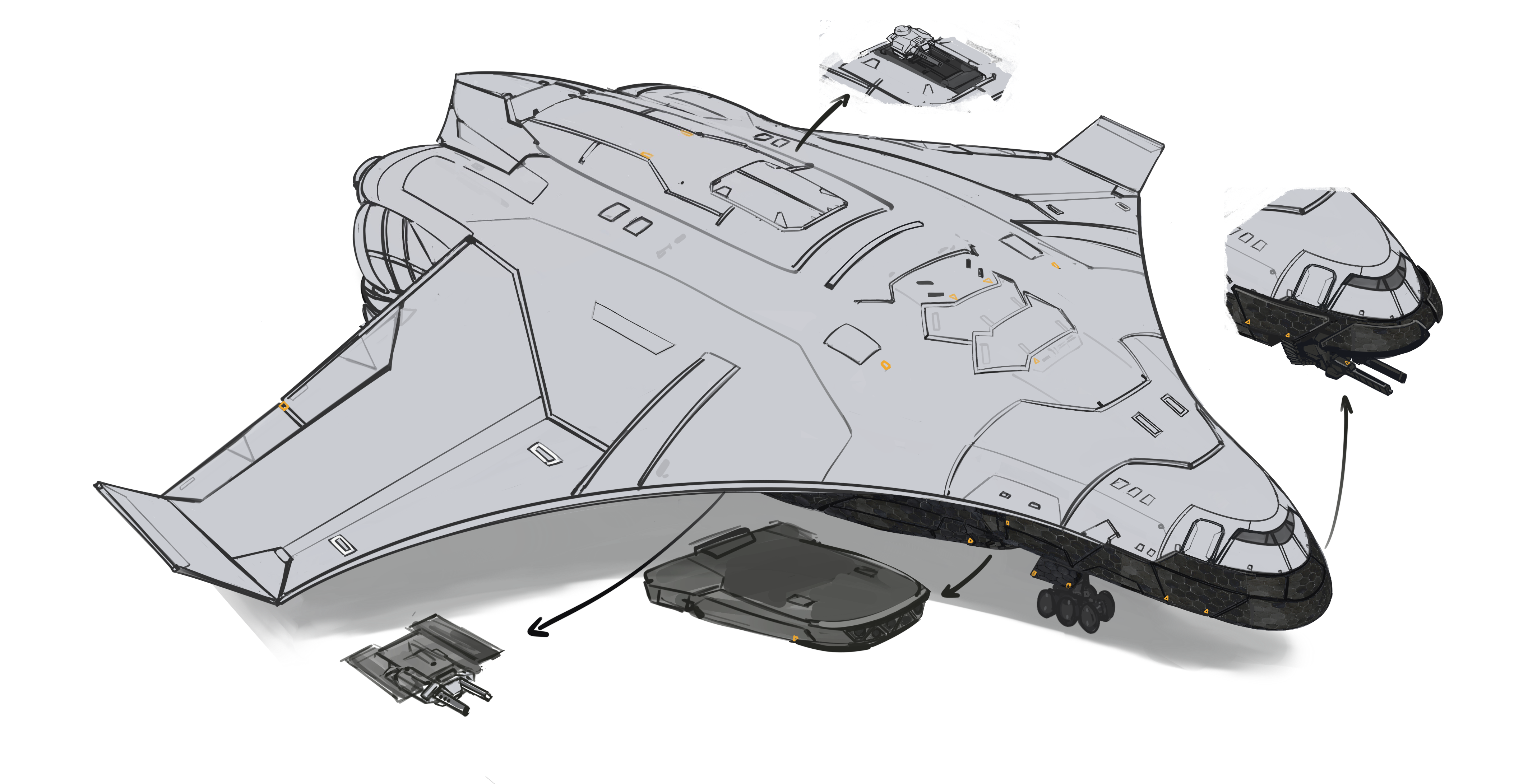
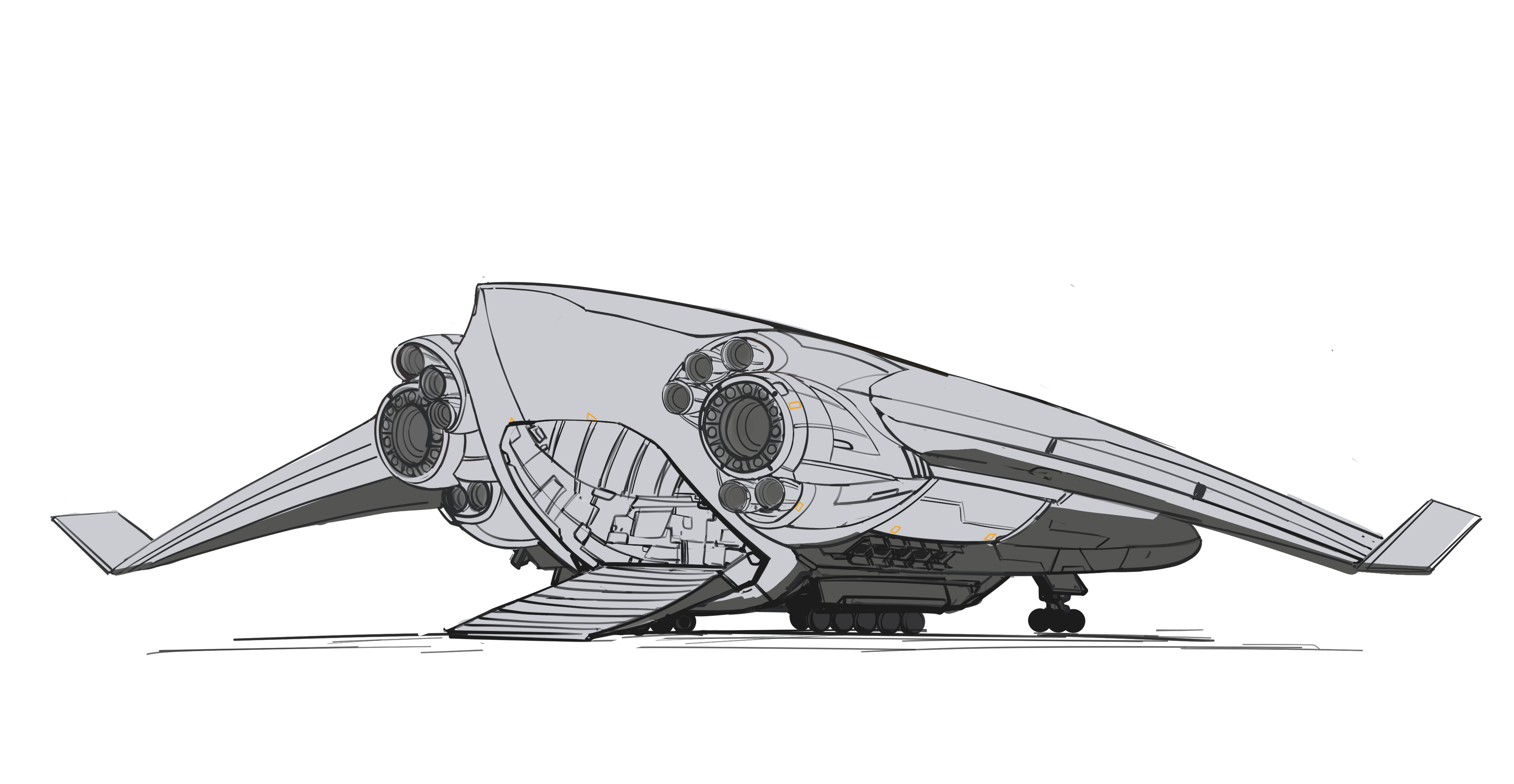
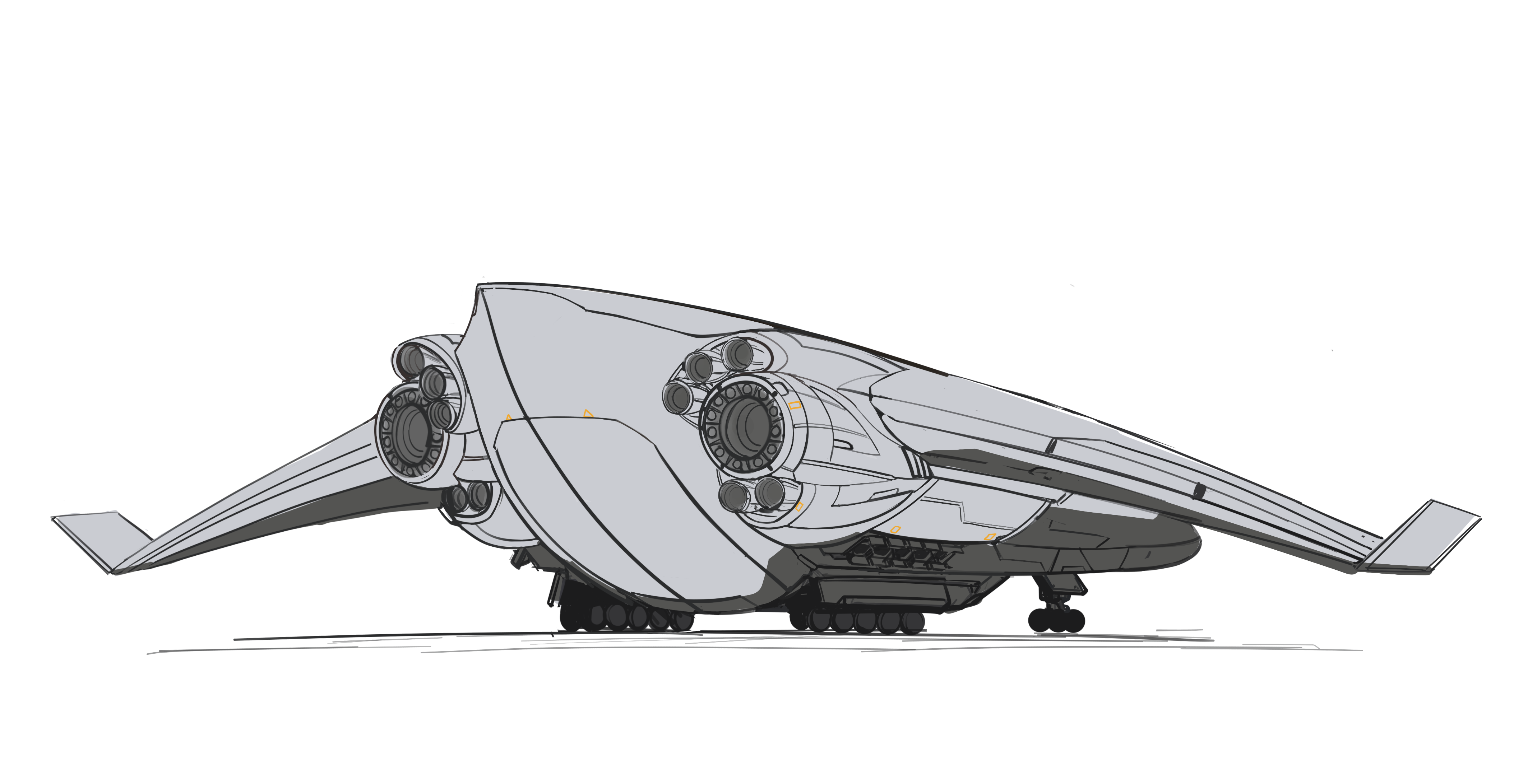
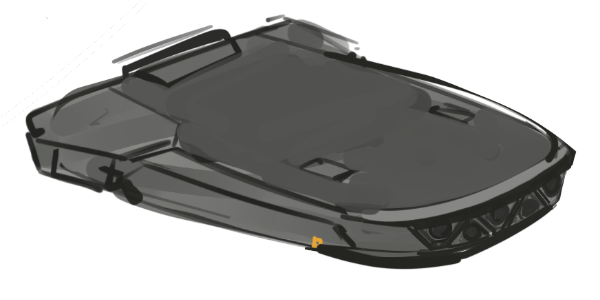
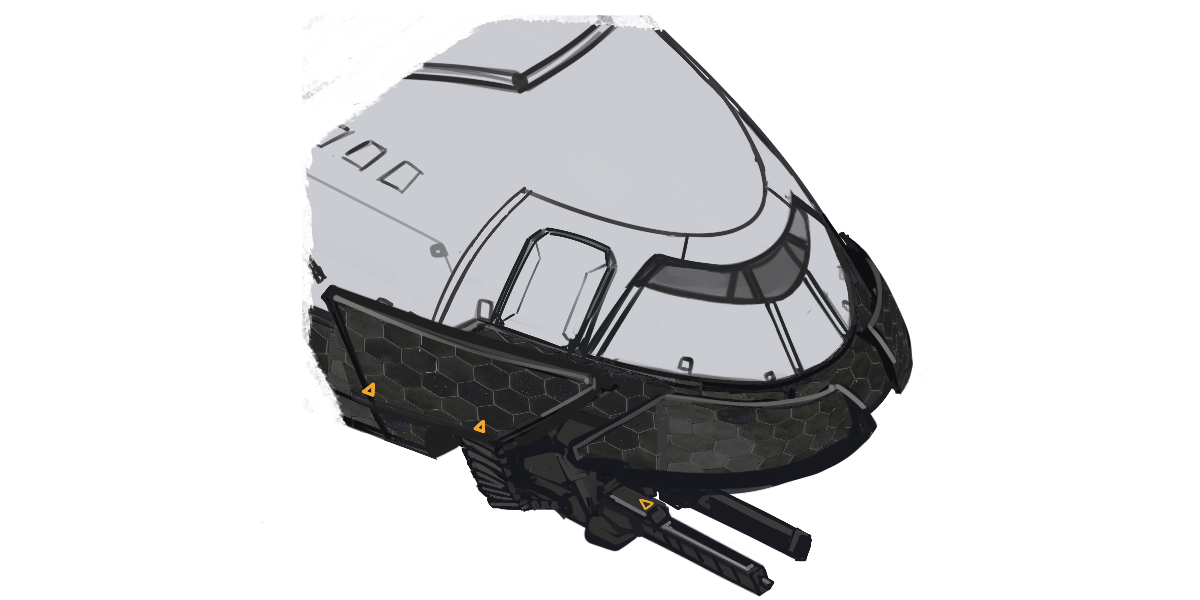
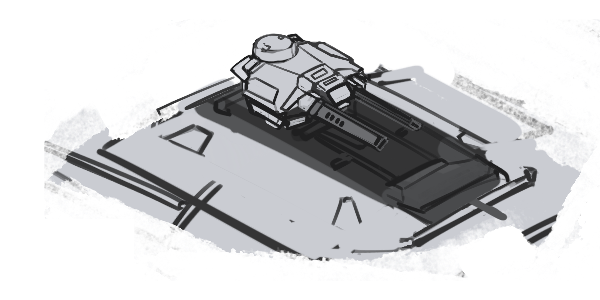

Comments